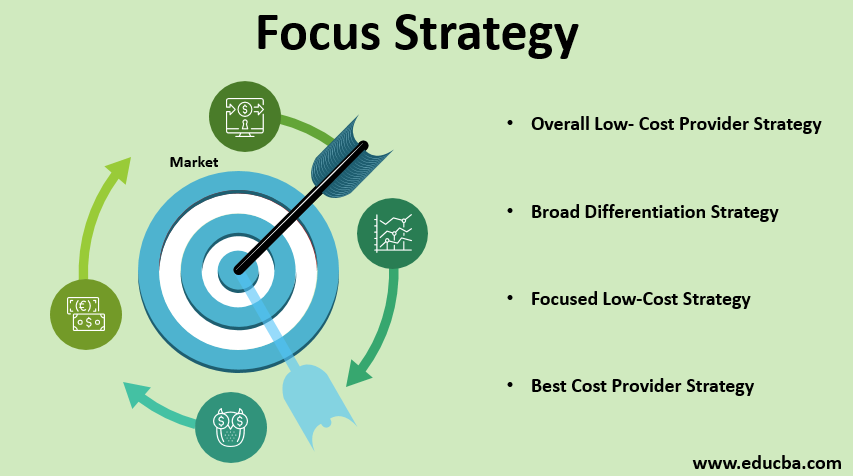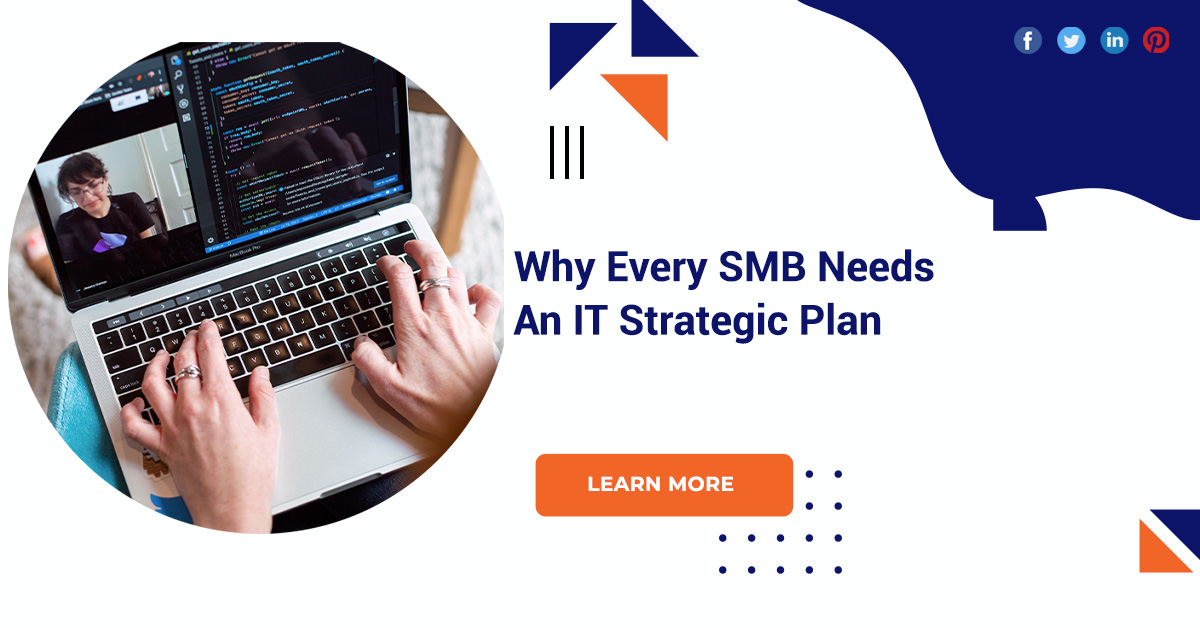Why Every SMB Needs IT Strategic Plan?
An IT strategic plan serves as a roadmap that aligns an organization’s business goals with its technology initiatives. For SMBs, often operating in resource-constrained environments, having a well-defined IT strategy becomes even more critical.
SMB needs IT strategic plan
Include the right people in the right environment
Ensure that key stakeholders from various departments, including IT, finance, operations, and leadership, are actively engaged. Foster an environment of collaboration, where diverse perspectives contribute to a holistic understanding of the business’s needs and goals.
Collect data and expect preparation
Before crafting an IT strategic plan, gather comprehensive data about your current IT infrastructure, business processes, and market dynamics. Understand the technological landscape, identify strengths and weaknesses, and anticipate potential challenges. Thorough preparation based on accurate data sets the foundation for a realistic and effective IT strategy.

Make your plan
Crafting the actual IT strategic plan involves defining clear objectives, outlining actionable steps, and establishing measurable milestones. The plan should be flexible enough to adapt to changing circumstances while providing a structured framework to guide decision-making.
Focus on growth and value
Align your IT strategic plan with the overall growth and value proposition of the business. Identify technology initiatives that directly contribute to revenue generation, customer satisfaction, and operational efficiency. Prioritize projects that offer tangible value, both in the short and long term, fostering a strategic approach to technology investments.

Arrange and launch
Once the plan is in place, organize resources, allocate budgets, and launch initiatives in a coordinated manner. Ensure that the IT strategy aligns with the broader organizational goals and that the necessary infrastructure and support systems are in place for seamless implementation.
Relentlessly implement and evaluate risk
Implementation is an ongoing process that requires a relentless commitment to execution. Monitor progress, address challenges promptly, and continuously evaluate risks. Establish mechanisms for feedback and adjust the plan as needed to stay responsive to the dynamic nature of technology and business environments.
Think of strategic planning as a process
Recognize that strategic planning is not a one-time event but an iterative process. Regularly revisit and refine the IT strategic plan to accommodate technological advancements, market shifts, and evolving business priorities.
Conclusion
An IT strategic plan is not just a document; it’s a dynamic tool that propels SMBs towards success in the digital age. By engaging the right people, leveraging data, and focusing on growth, businesses can position themselves as agile and resilient players in their respective industries.







